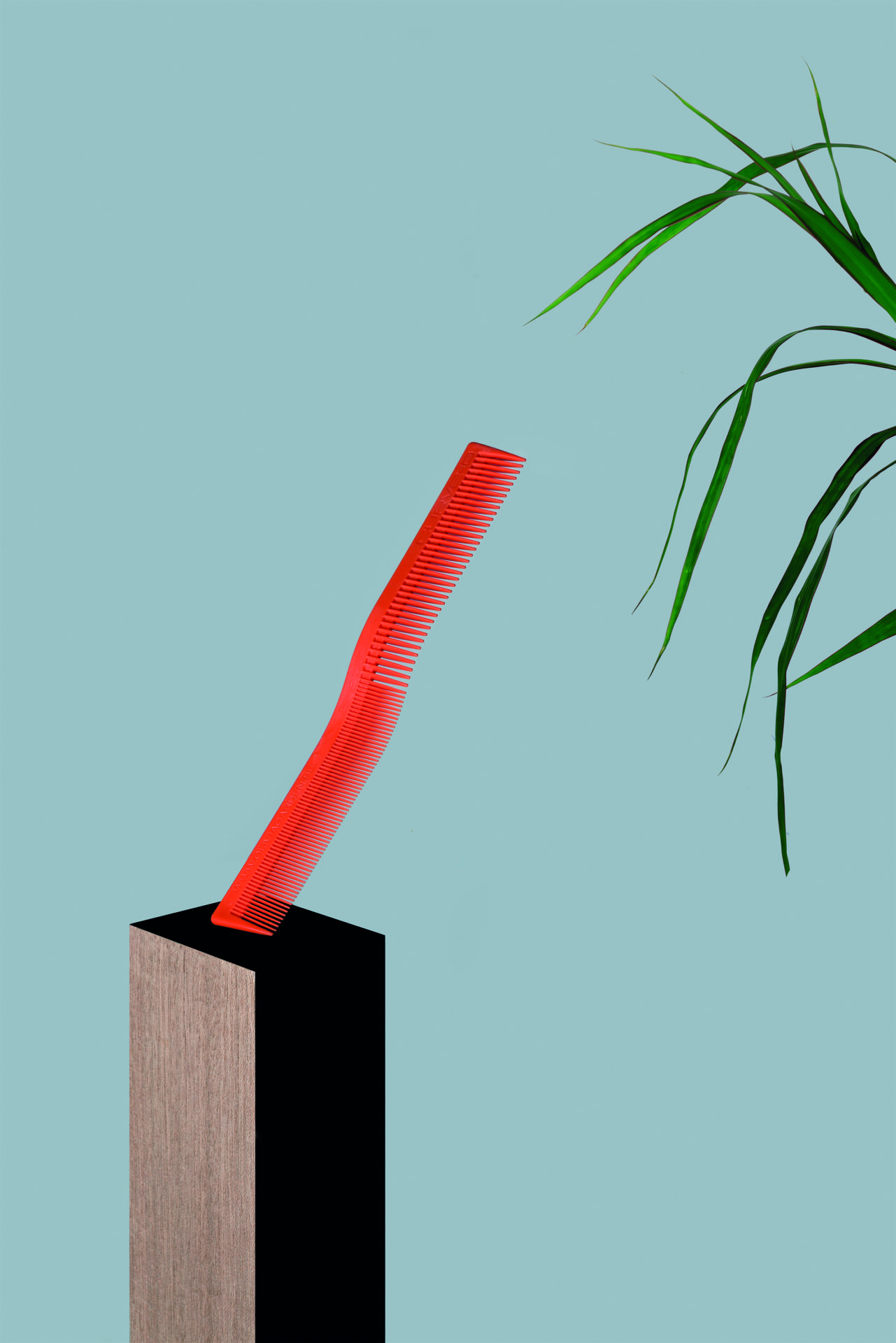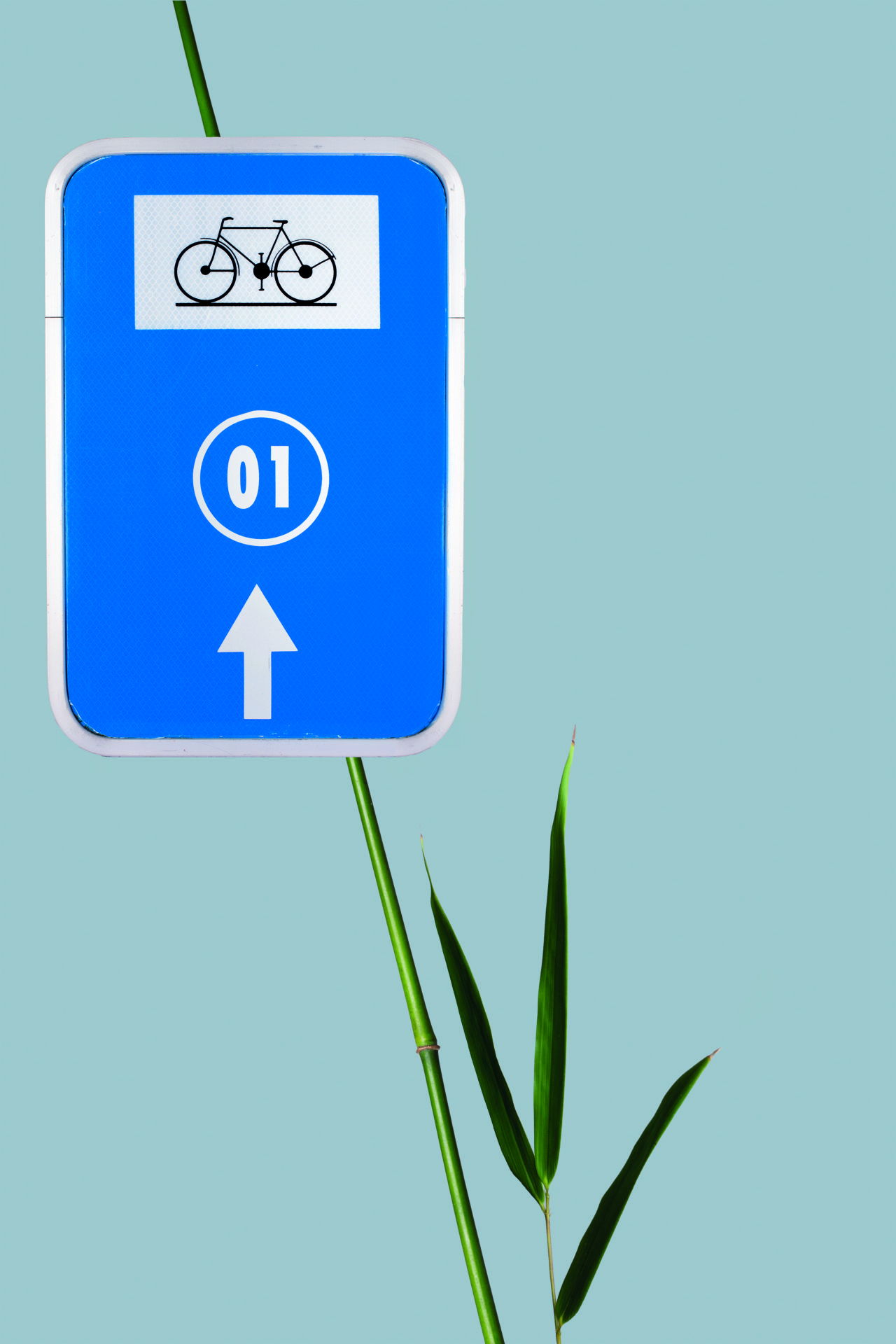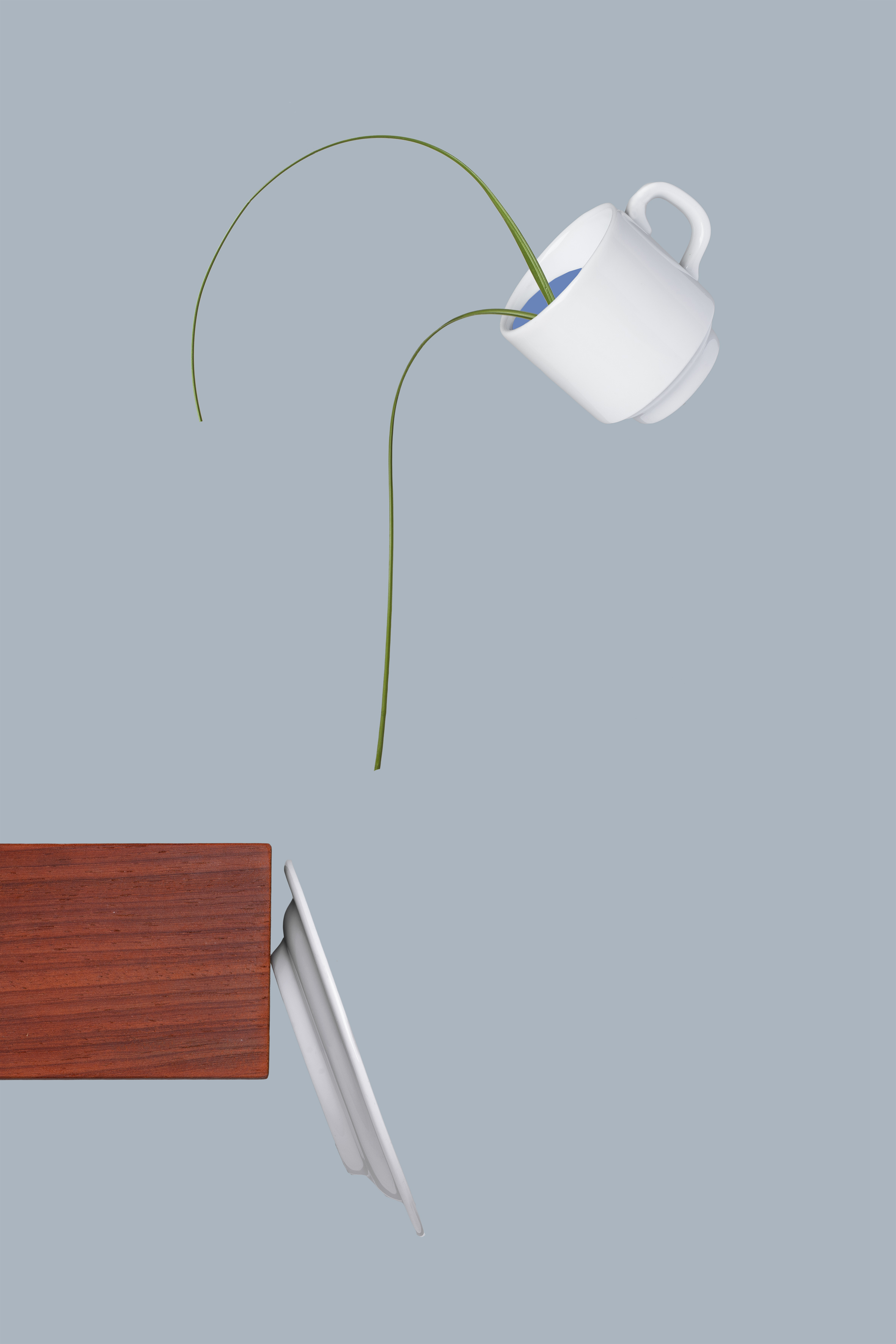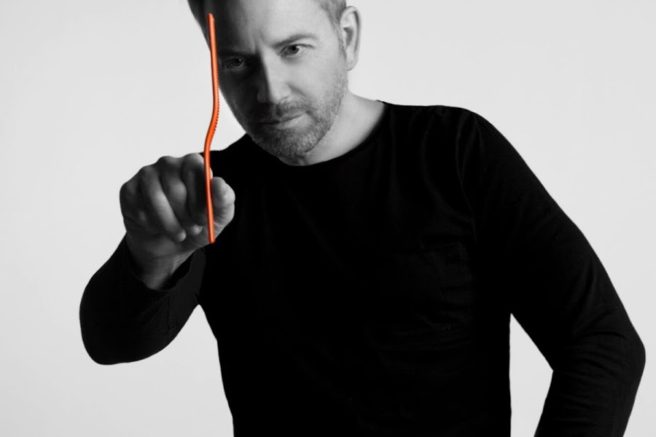“Good design means as little design as possible.” It’s a statement which brings together Dieter Rams’ life and work. This German industrial designer is regarded as a figurehead of post-war functionalism, and continues to inspire designers to this day. Designing is also about the effort put into making products in such a way that they are useful to people. That’s why it’s more rational than irrational, more optimistic and future-oriented than conciliatory, cynical and indifferent. “A good design is inconspicuous” was one of Dieter Rams’ ten design principles. “Products which achieve a goal are like tools. Their design should therefore be both neutral and subdued, to leave room for the user’s self-expression.” Four examples of apparently banal designs which set a new world standard.









